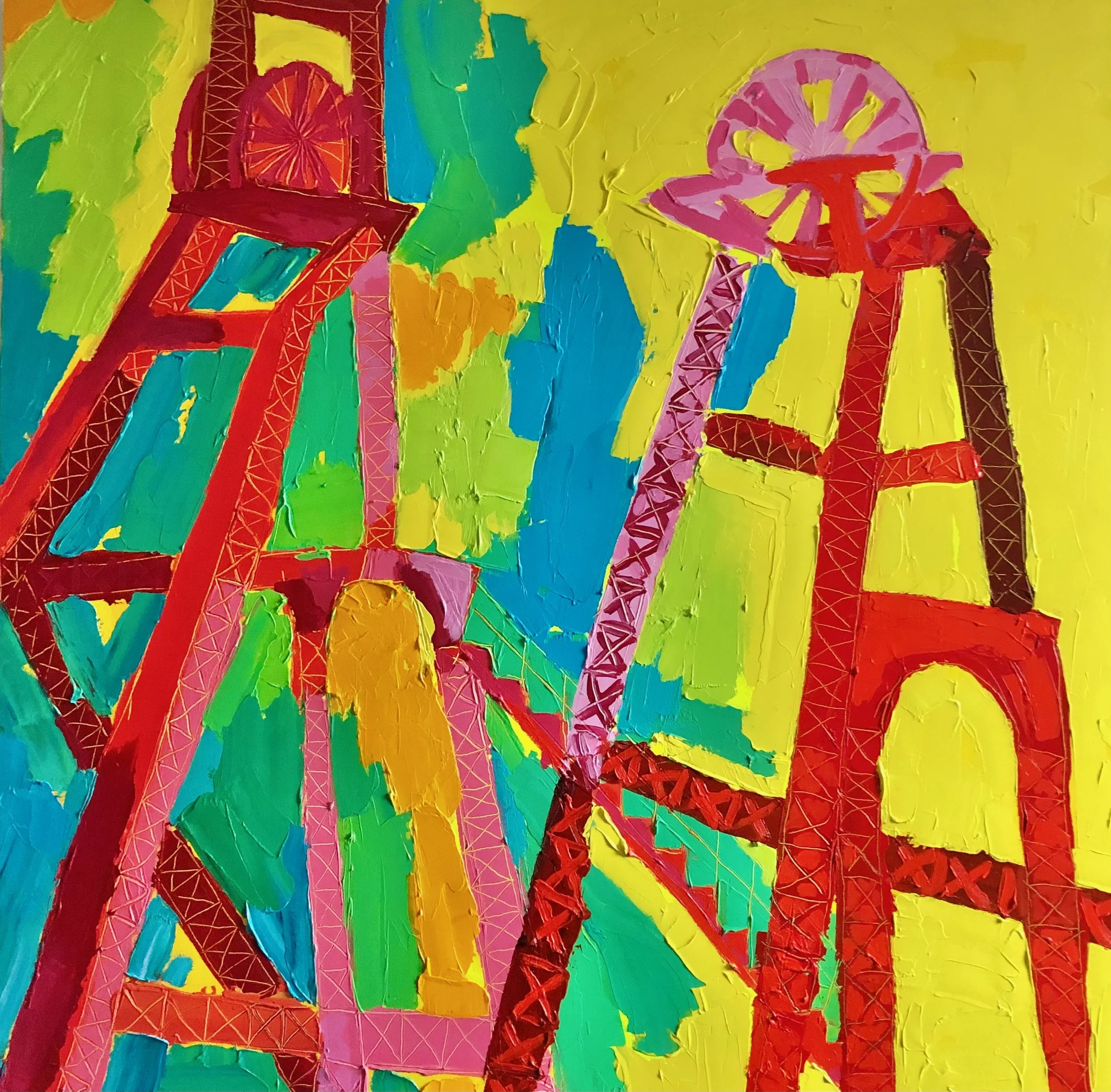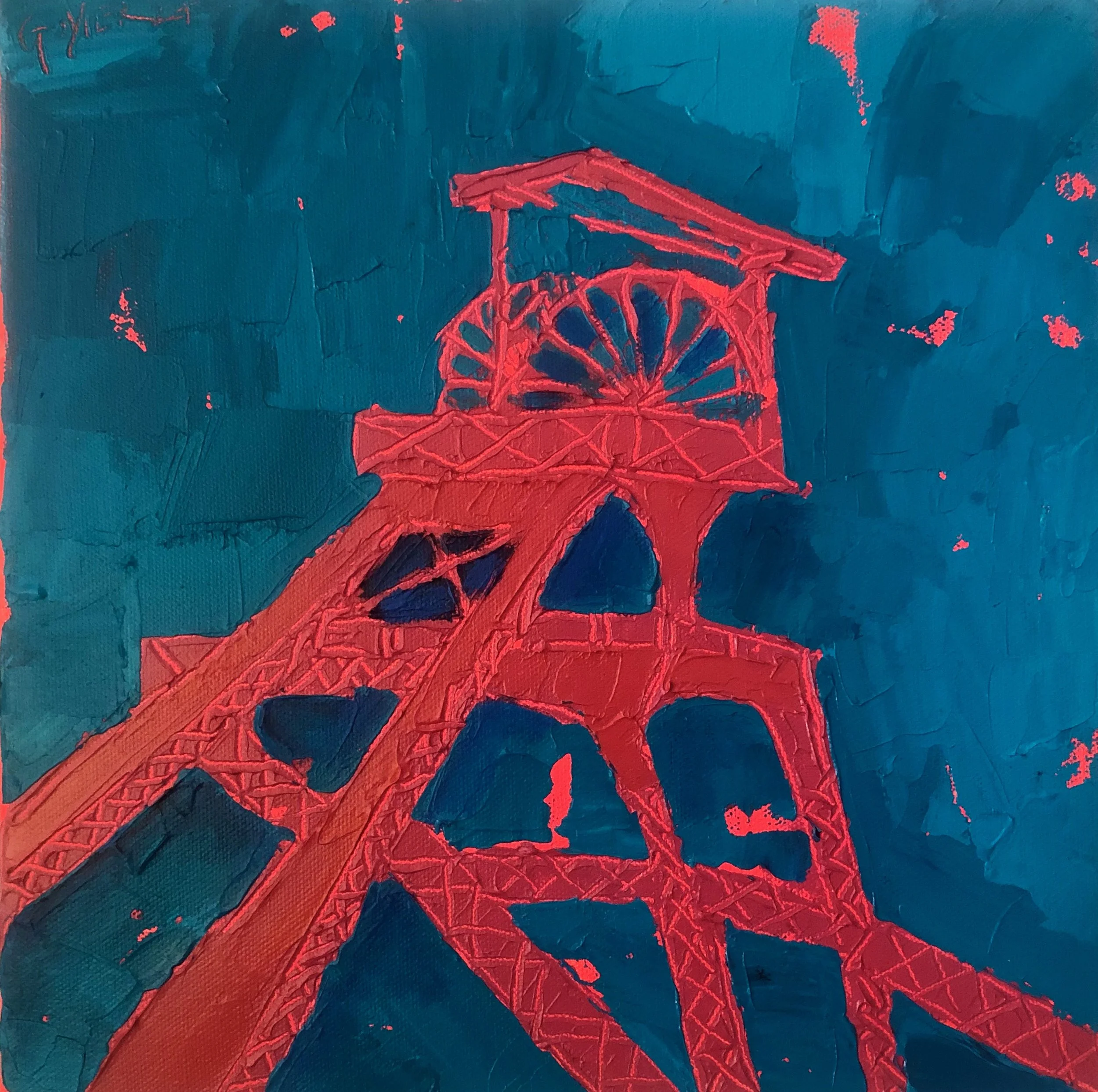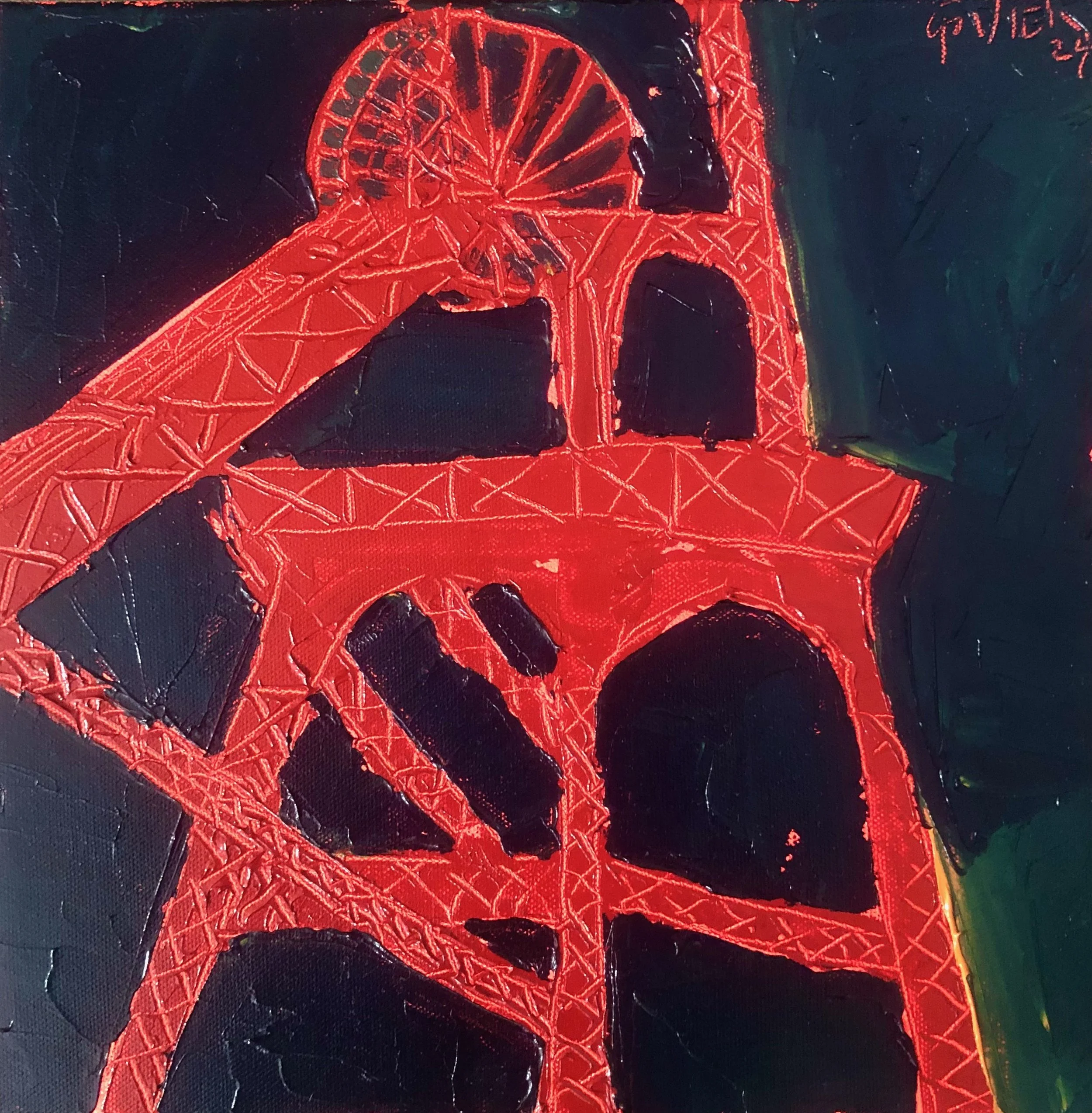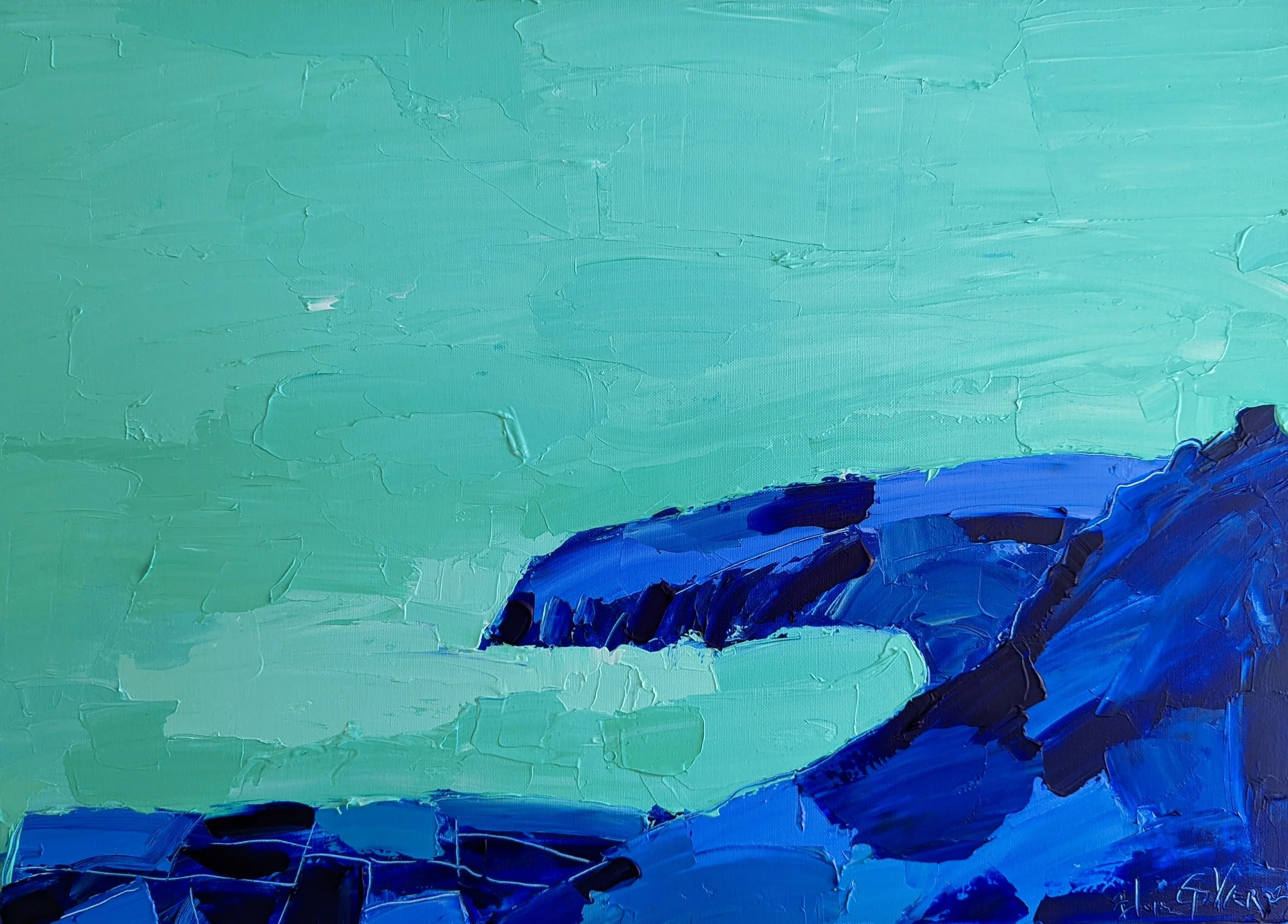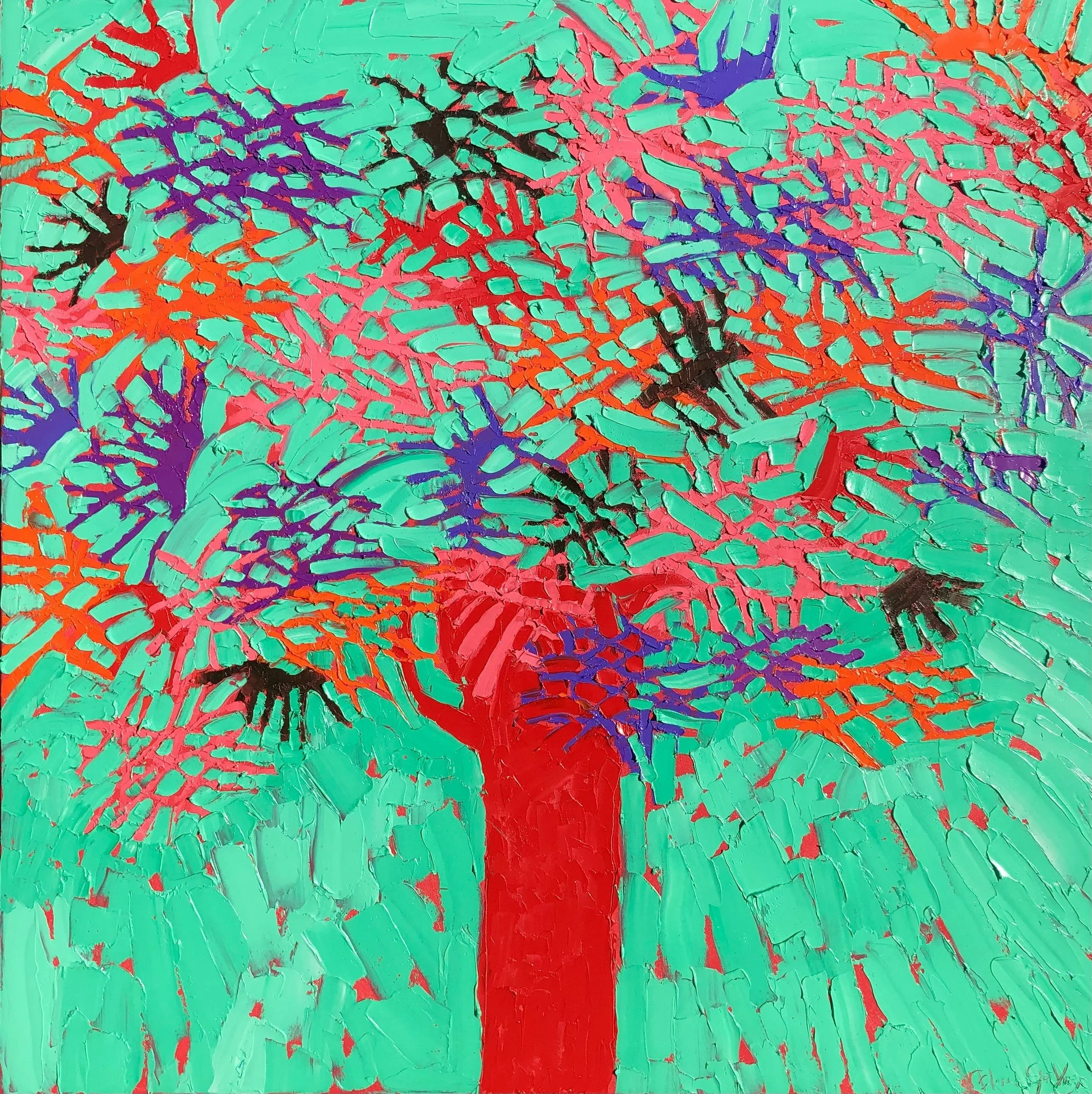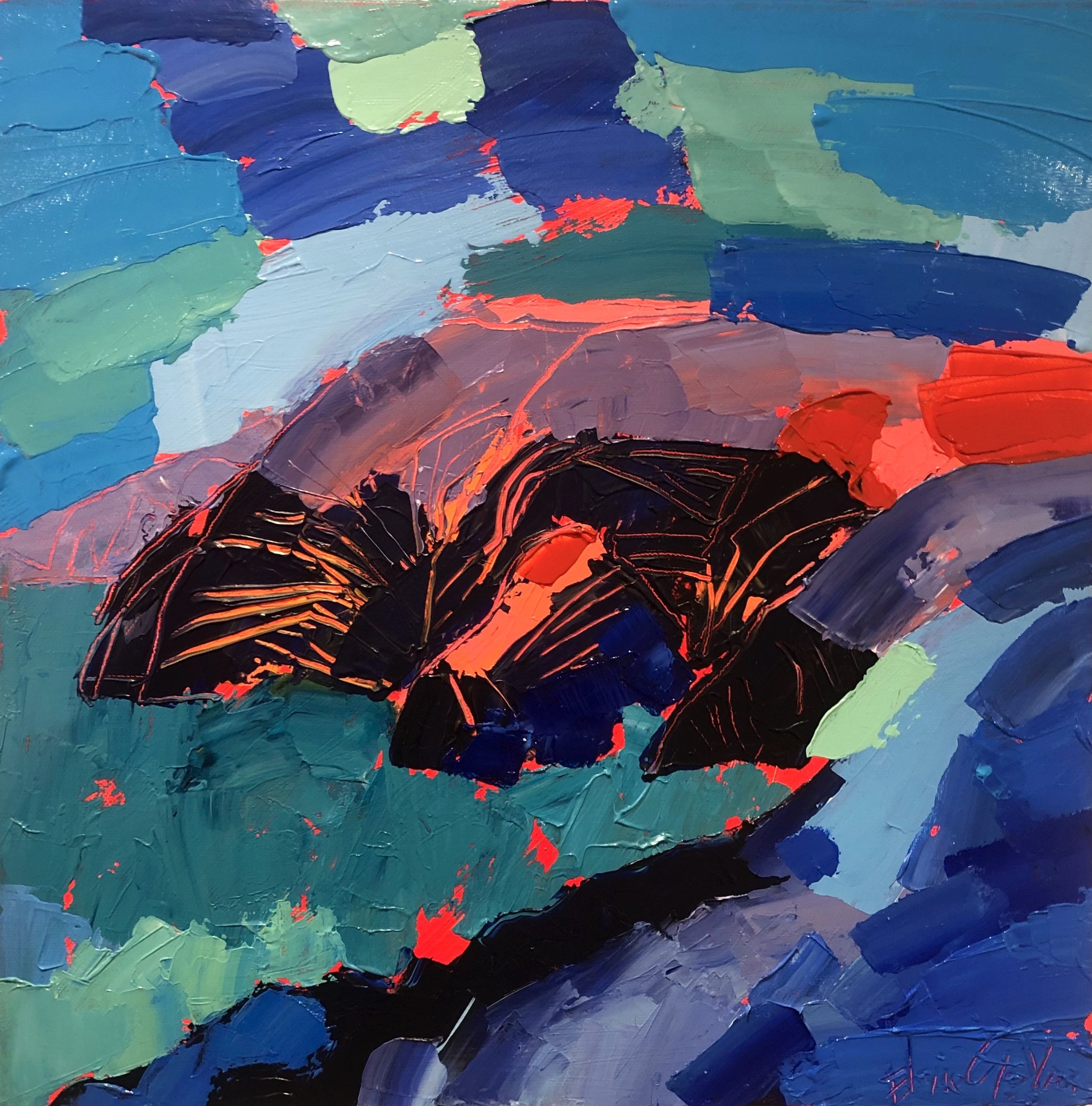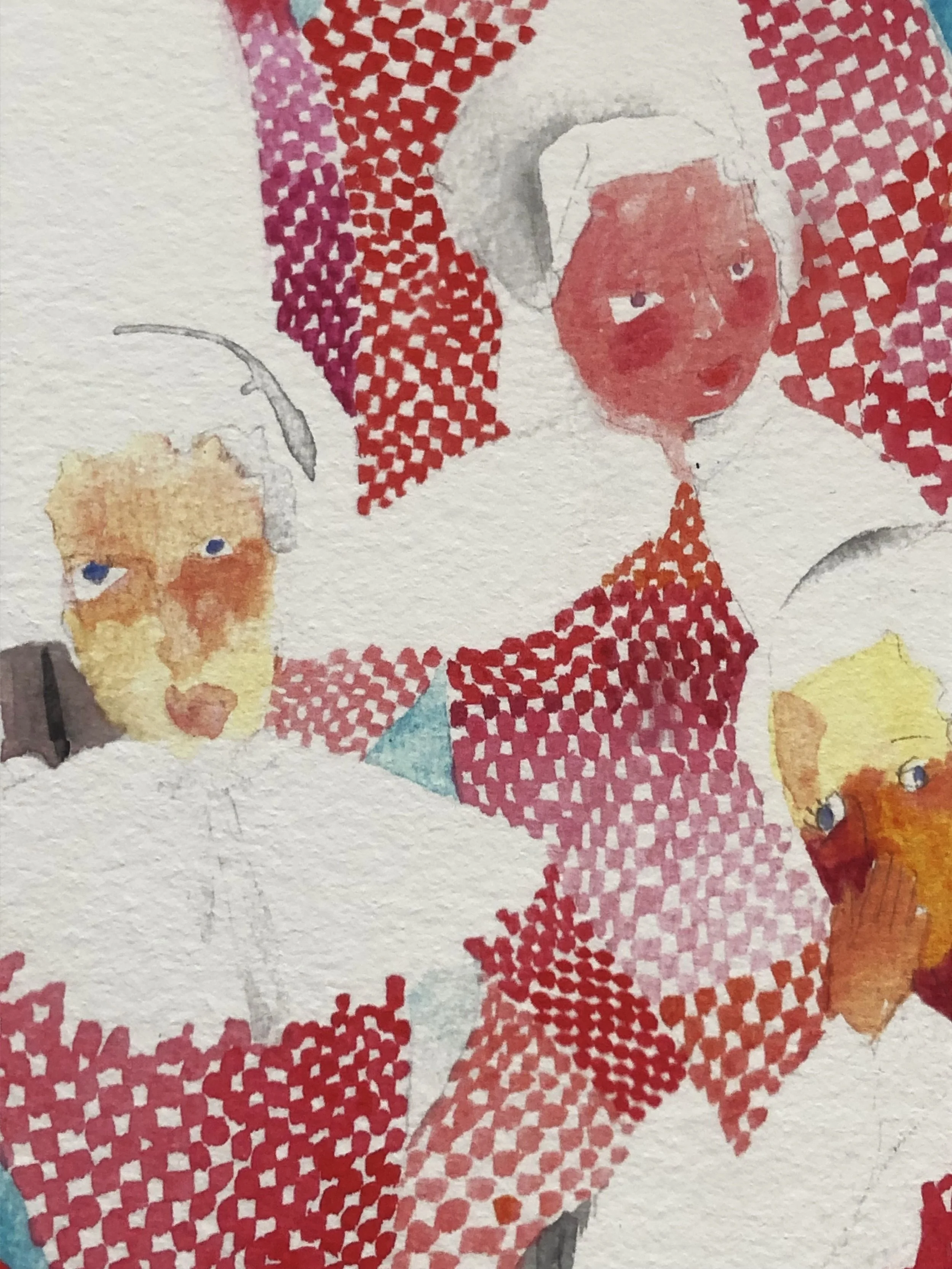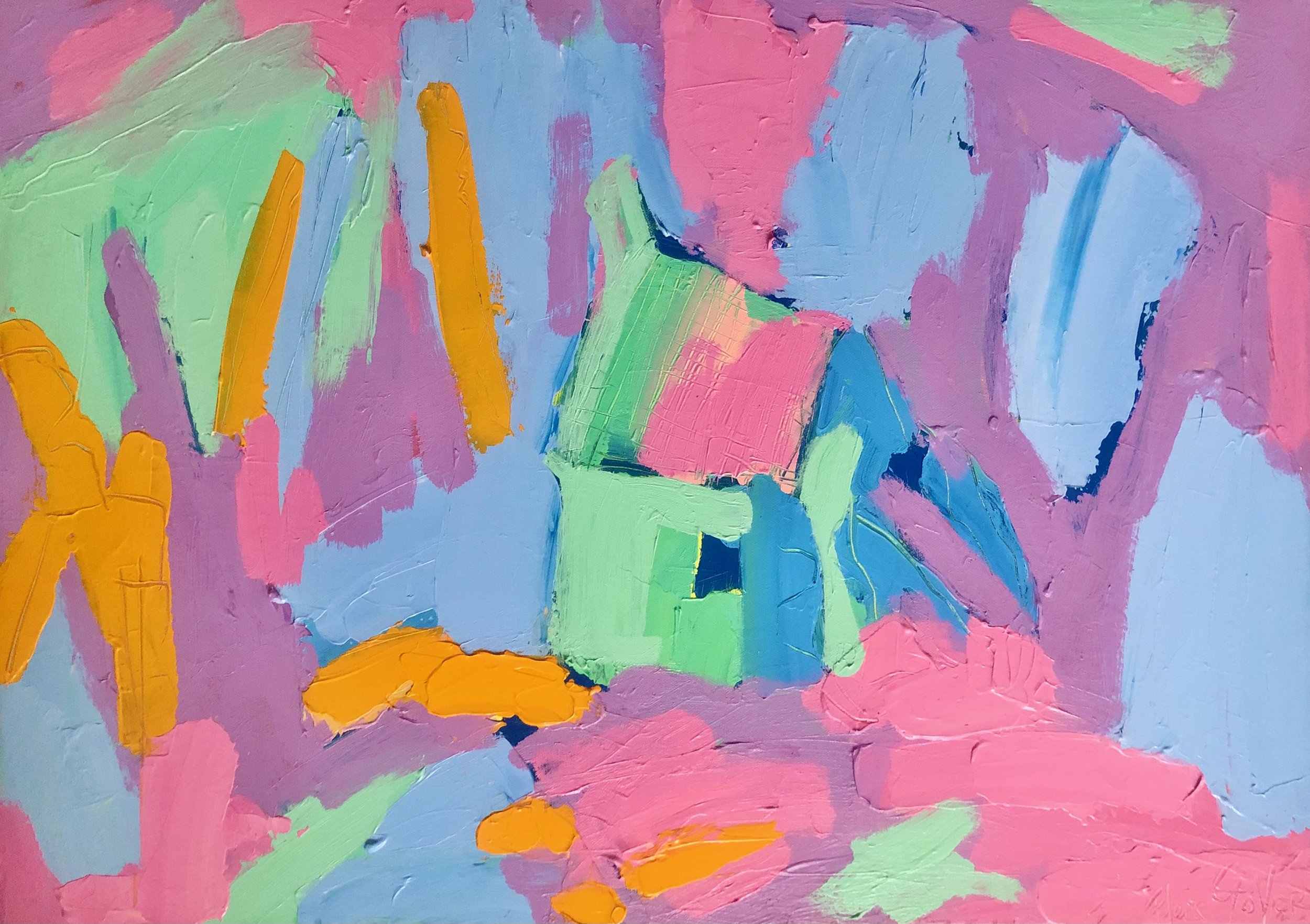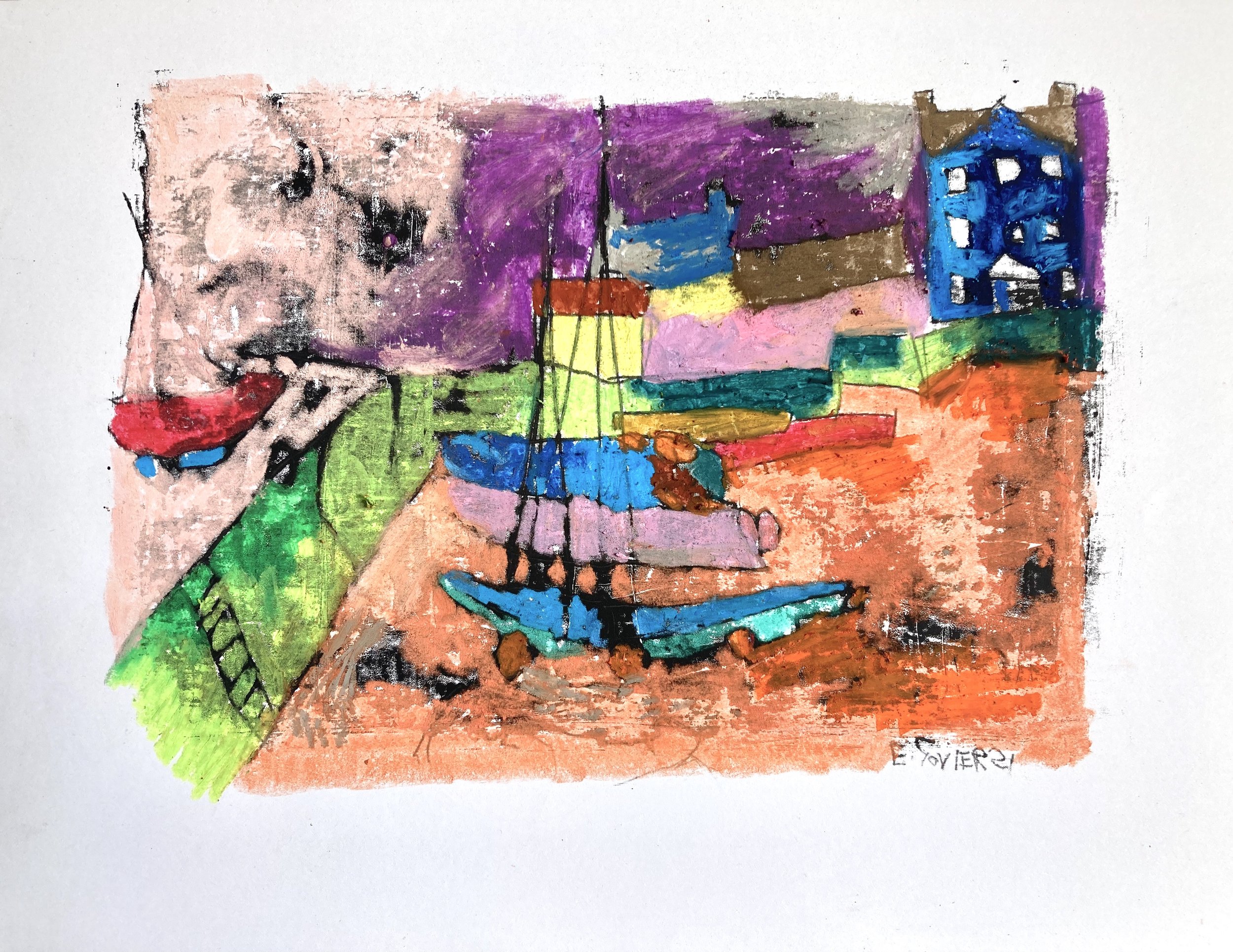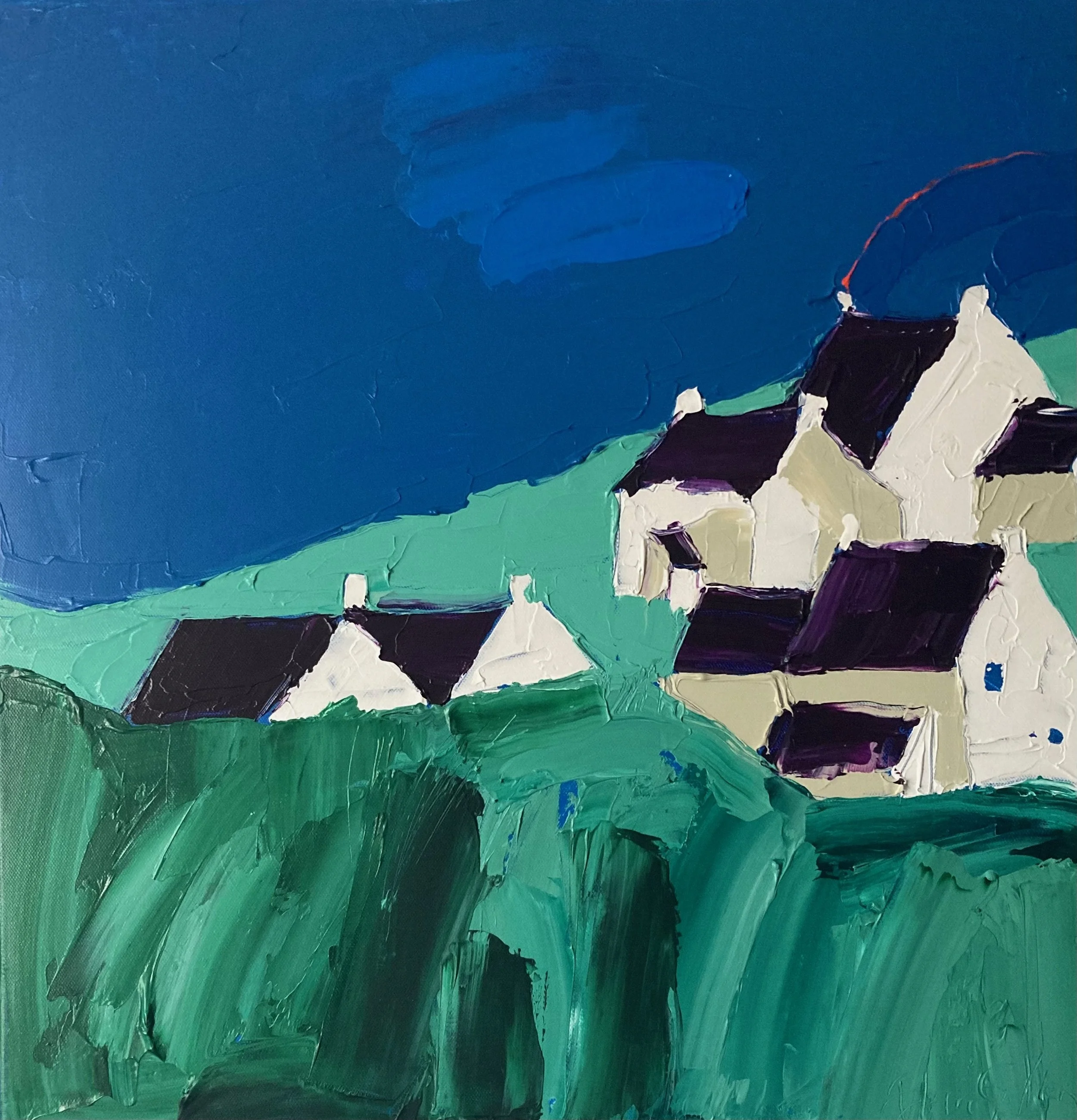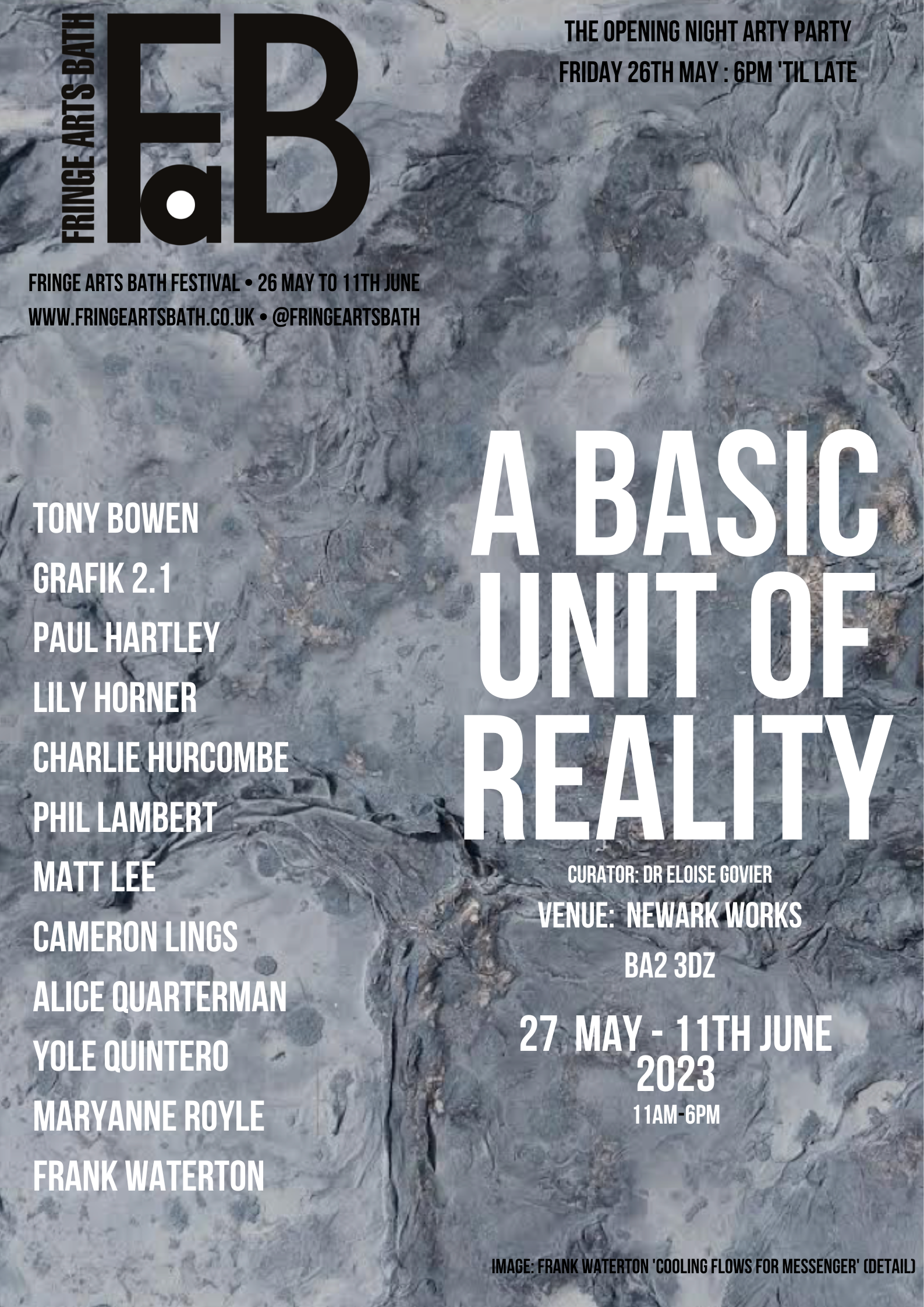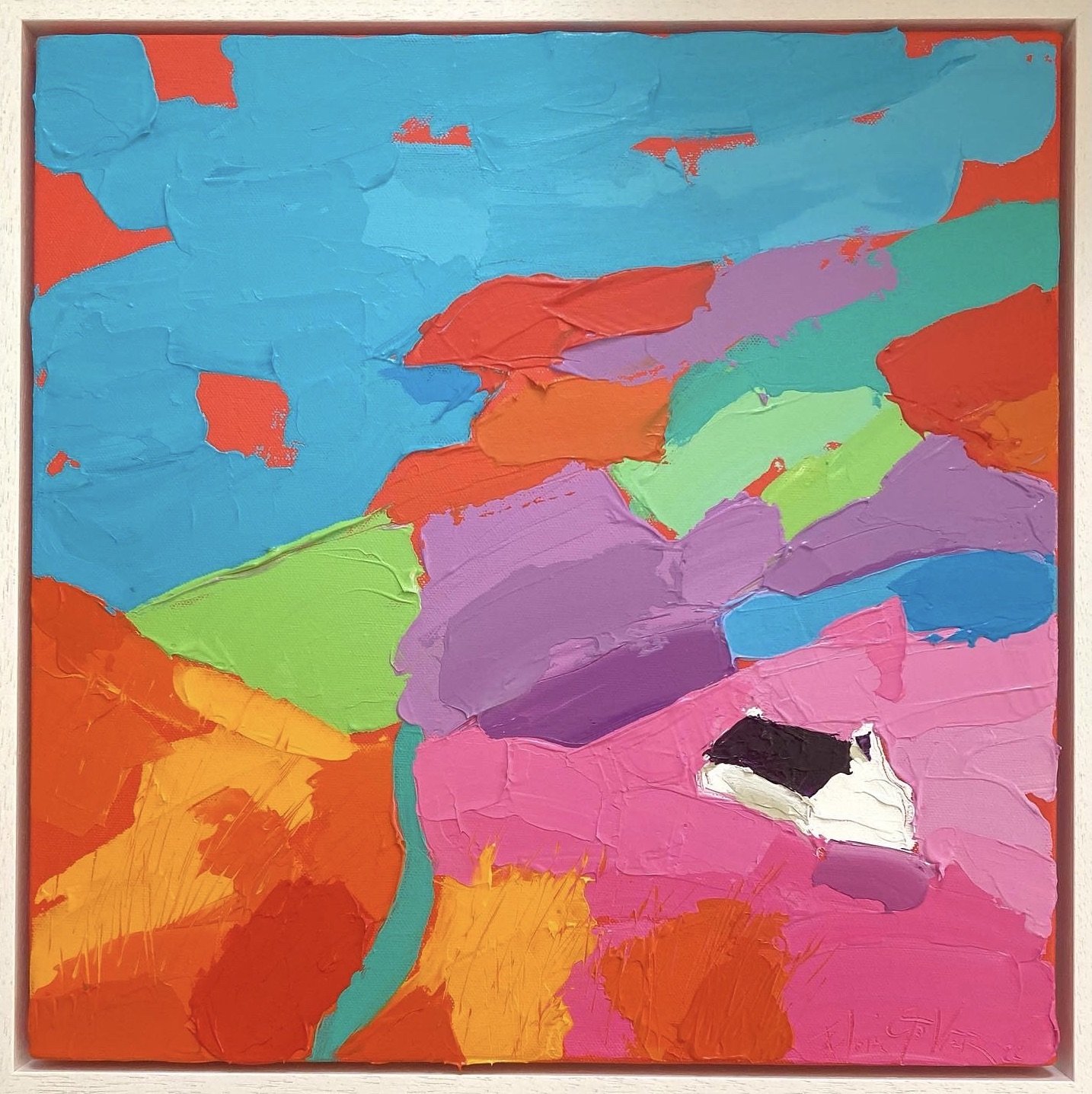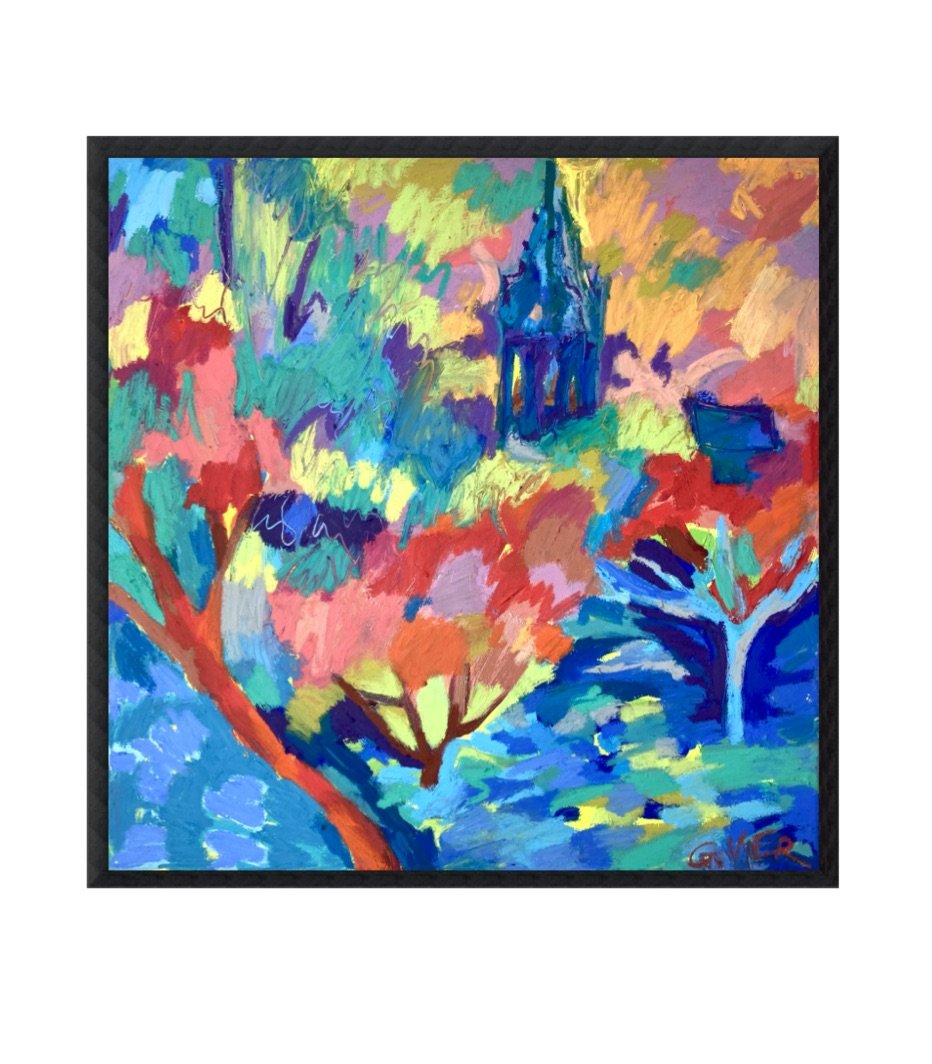‘Interweaving Resources: From Economic Hegemony towards a New Understanding of Resources’ conference at Ruhr University Bochum.
Conference introduction:
‘The term “resource,” derived from the Latin resurgere (“to rise again”), has evolved significantly over time, encompassing a wide range of meanings across disciplines. Often understood through an economic lens, resources are traditionally seen as external entities to be studied, appropriated, and exploited for human benefit. This perspective frames humans as active agents, with the material world as passive receivers.
However, recent theoretical developments propose a relational perspective, viewing resources as deeply embedded in social, cultural, and material networks. In this view, resources are not only socially and culturally constructed but also inherently active, with physical properties and material affordances that shape interactions and outcomes.
This transdisciplinary shift calls for a holistic understanding of resources, addressing complex, non-linear causalities, such as those tied to climate change. Resources are never isolated; their use generates unforeseen societal challenges and opportunities, such as economic inequalities, unsustainable practices, and innovation races. Some approaches even dismantle the human-resource dualism, suggesting a flat ontology where all entities—human and non-human—share agency within entangled relationships.
Do we still need the utilitarian concept of resources, or should we rethink them entirely? Revisiting the notion of “living” resources may inspire science to connect material properties and their sensory qualities to humans and other species, deepening our understanding of (geo)resource interdependencies’. Source
Eloise is the invited discussant for session 5 ‘Resource Materiality’
Programme
Waiting in readiness? Reflections on resources and abandoned things Keynote
Bjørnar Julius Olsen (UiT - The Arctic University of Norway)
Resources embodied
Constance von Rüden (Ruhr University Bochum)
How resources become practical through active interwovenness
Frank Hillebrandt (FernUniversität in Hagen)
The social and comparative dimensions of resource use: Examples from Africa
Thomas Widlok (Universität zu Köln)


